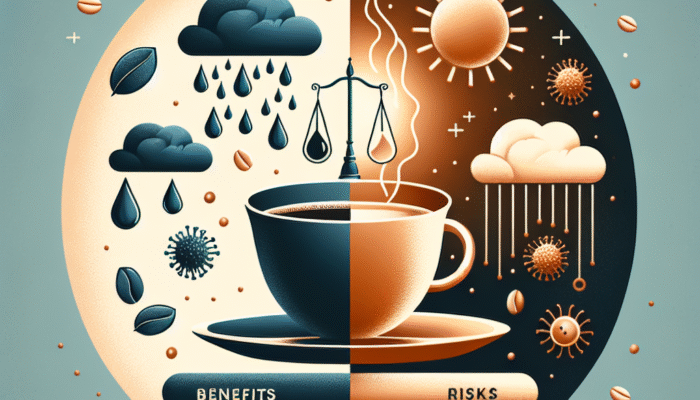
The Ultimate Guide to Coffee Filters: Find the Perfect Fit
For many coffee enthusiasts, the journey to the perfect cup of coffee begins long before the beans hit the grinder. It starts with the coffee filter. While it may seem like a simple, unassuming piece of paper or fabric, the coffee filter plays a crucial role in determining the flavor, strength, and overall quality of your brew. In this ultimate guide, we will explore the different types of coffee filters, how to choose the right one for your brewing method, and tips for getting the most out of your coffee filter experience.
1. Understanding Coffee Filters
At its core, a coffee filter is designed to separate coffee grounds from brewed coffee. However, the type of filter you choose can significantly impact the taste and aroma of your cup. Filters can be made from various materials, each with its own set of characteristics.
Types of Coffee Filters
- Paper Filters: The most common type, available in bleached (white) and unbleached (brown) options. Paper filters are disposable, easy to use, and help to produce a clean cup by trapping oils and sediments.
- Metal Filters: Typically made of stainless steel, metal filters are reusable and allow oils and fine particles to pass through, resulting in a richer, fuller flavor. They require more maintenance but are eco-friendly.
- Cloth Filters: Made from cotton or other fabric, these filters are also reusable and can produce a smooth cup. They require washing and drying after use, which may be a deterrent for some.
- Plastic Filters: Often used in drip coffee makers, plastic filters are lightweight but less common. They can produce a less clean cup compared to paper or metal options.
- Single-Serve Pods: Convenient and mess-free, these pre-filled coffee filters are popular for single-serve machines. However, they generate more waste and may limit flavor profiles.
2. Choosing the Right Coffee Filter for Your Brewing Method
Your brewing method will largely dictate the type of filter you should use. Here’s a breakdown of popular brewing methods and the ideal filters for each:
Drip Coffee Makers
Most drip coffee makers use paper filters, either flat-bottom or cone-shaped. You can choose between bleached and unbleached options based on your preference. If you want a richer flavor, consider using a metal filter instead.
Pour-Over
Pour-over methods like the Hario V60 or Chemex typically use paper filters, which help to create a clean, crisp cup. Ensure you select the right size filter for your pour-over device.
French Press
French press brewing doesn’t require a filter, as it uses a metal mesh plunger. However, if you prefer a cleaner cup, you can use a cloth filter or a fine mesh filter to reduce sediment.
Aeropress
The Aeropress uses paper filters, but you can also use a metal filter for a more robust flavor. Again, this will depend on your personal taste preferences.
Cold Brew
For cold brew, a coarse mesh filter or a cloth filter is ideal, as they allow for smoother extraction over longer periods. If you prefer, you can also use a paper filter to achieve a cleaner result.
3. Tips for Using Coffee Filters
Here are some tips to help you get the most out of your coffee filters:
- Rinse Paper Filters: Rinsing paper filters with hot water before use will help eliminate any paper taste and preheat your coffee maker.
- Experiment with Brew Time: The longer your coffee grounds are in contact with water, the stronger your brew will be. Adjust brew times to find your ideal flavor.
- Use Fresh Filters: Old or stale filters can affect the taste of your coffee. Always use fresh filters for the best results.
- Store Filters Properly: Keep your filters in a dry place away from moisture to prevent mold and maintain their quality.
4. Environmental Considerations
As coffee lovers, we also have a responsibility to the environment. Here are some considerations regarding coffee filters:
- Reusable Filters: Opting for reusable metal or cloth filters can significantly reduce waste.
- Compostable Options: Many brands now offer compostable paper filters, which can be a great alternative to traditional disposable filters.
- Recycling: If you use paper filters, check if your local recycling program accepts them, especially if they are unbleached and free from chemicals.
5. Conclusion
The coffee filter may seem like a small detail in the grand scheme of your coffee-making routine, but it can make a world of difference in the final product. By understanding the various types of filters and how they affect your brew, you can find the perfect fit for your coffee needs. Whether you prefer the convenience of paper filters, the richness of metal, or the sustainability of cloth, the right choice can elevate your coffee experience.
So, the next time you brew your morning cup, take a moment to appreciate the humble coffee filter—it’s your unsung hero in the pursuit of the perfect brew!


